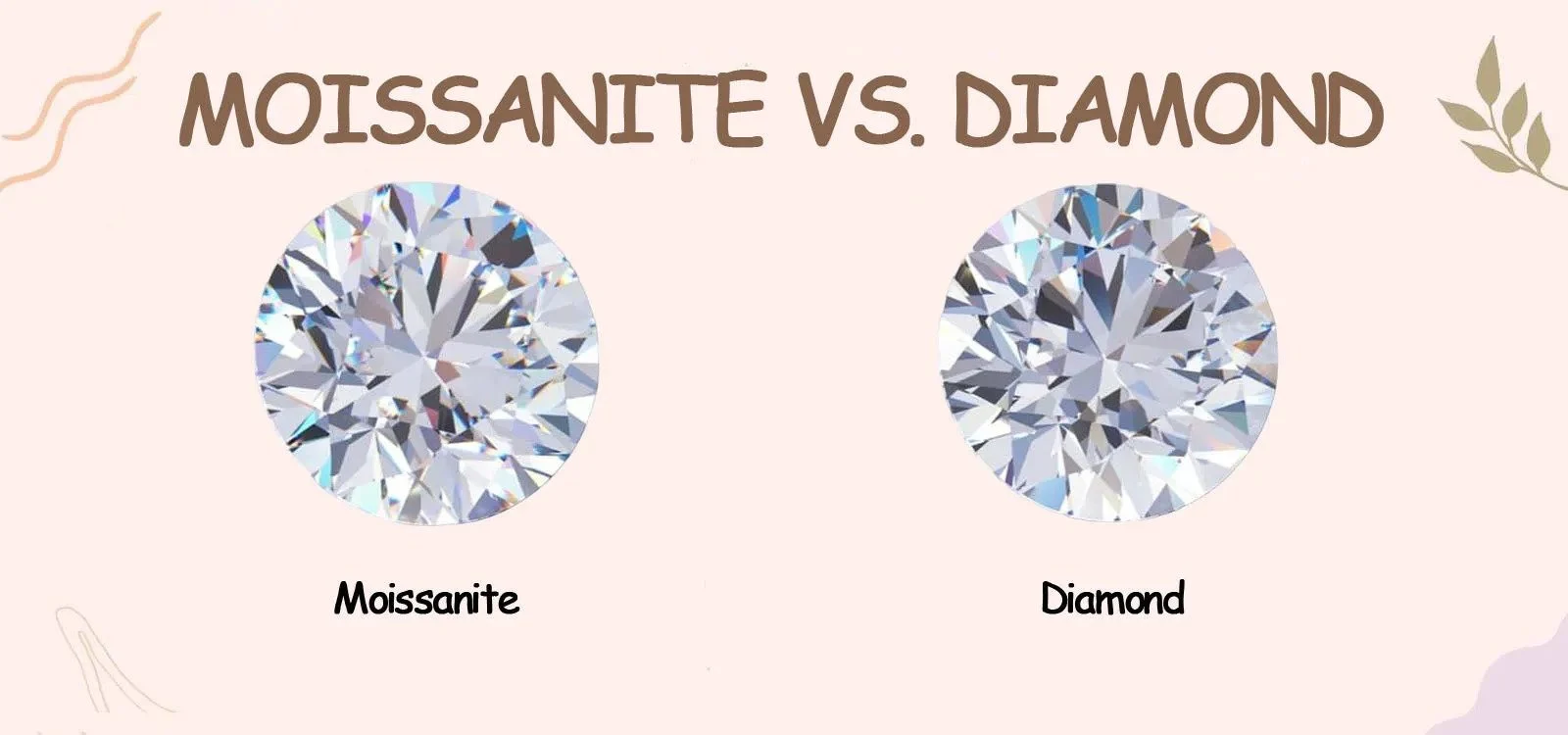Have you ever dreamt of adorning yourself with a dazzling diamond, but hesitated due to the hefty price tag? Well, fret no more! Moissanite, a stunning gemstone with remarkable properties, presents a compelling alternative to diamonds. This guide delves into the world of moissanite, unveiling its unique characteristics, comparing it to diamonds, and equipping you with the knowledge to select the perfect piece for your collection.
What is Moissanite?
Moissanite is a naturally occurring gemstone composed of silicon carbide. In 1896, Dr. Henri Moissan, a French scientist, discovered microscopic moissanite diamond particles while examining a meteorite crater. Initially mistaken for diamonds, further analysis revealed their distinct composition. Today, moissanite is primarily produced in laboratories under controlled conditions, resulting in high-quality and ethically sourced gemstones.
Discovery and Composition
The story of moissanite’s discovery is intertwined with the cosmos. Its presence on Earth is attributed to meteorite impacts, carrying traces of this exotic gem from the far reaches of space. Unlike diamonds, formed from pure carbon under immense pressure and heat within the Earth’s mantle, moissanite boasts a unique blend of silicon and carbon atoms arranged in a distinct crystalline structure.
Physical Properties of Moissanite
Moissanite possesses a remarkable combination of physical properties that contribute to its brilliance and durability. It boasts a refractive index, a measure of light’s bending within the stone, that even surpasses diamonds, resulting in exceptional fire and sparkle. Additionally, moissanite ranks a close second to diamonds on the Mohs scale of mineral hardness, ensuring exceptional resistance to scratches and abrasions. This makes moissanite a perfect choice for everyday wear, able to withstand the rigors of daily life.
Moissanite vs. Diamonds: A Side-by-Side Comparison
While both moissanite and diamonds are undeniably stunning gemstones, they possess distinct characteristics. Let’s delve deeper into a side-by-side comparison to help you determine which one reigns supreme for your desires.
Visual Appearance
To the untrained eye, moissanite and diamonds exhibit an uncanny resemblance. Both gemstones boast exceptional brilliance and fire, displaying a kaleidoscope of colors as light interacts with their facets. However, upon closer inspection, subtle differences emerge. Diamonds often exhibit a cooler, ice-white brilliance, whereas moissanite can display a warmer, more playful fire with hints of yellow or green.
Durability and Hardness
Both moissanite and diamonds are exceptionally durable gemstones. Diamonds hold the top spot on the Mohs scale, registering a perfect 10, lab created diamonds, signifying their unmatched resistance to scratches. Moissanite follows closely behind at 9.25, making it highly resistant to everyday wear and tear. This exceptional durability ensures your moissanite jewelry will retain its pristine beauty for generations to come.
Fire and Brilliance
The interplay of light within a gemstone determines its fire and brilliance. Fire refers to the flashes of rainbow colors emitted as light interacts with the stone’s facets. Brilliance, on the other hand, signifies the overall intensity of reflected light. Interestingly, moissanite boasts a higher refractive index than diamonds, resulting in a display of fire that can even surpass some diamonds. This translates to a play of colors that is truly mesmerizing.
Value and Rarity
Diamonds have long held the status symbol of luxury, commanding a premium price due to their natural rarity and extensive marketing campaigns. Moissanite, while rarer than most gemstones, is readily available due to laboratory production. This translates to a significantly lower price point compared to diamonds of comparable size and quality.

